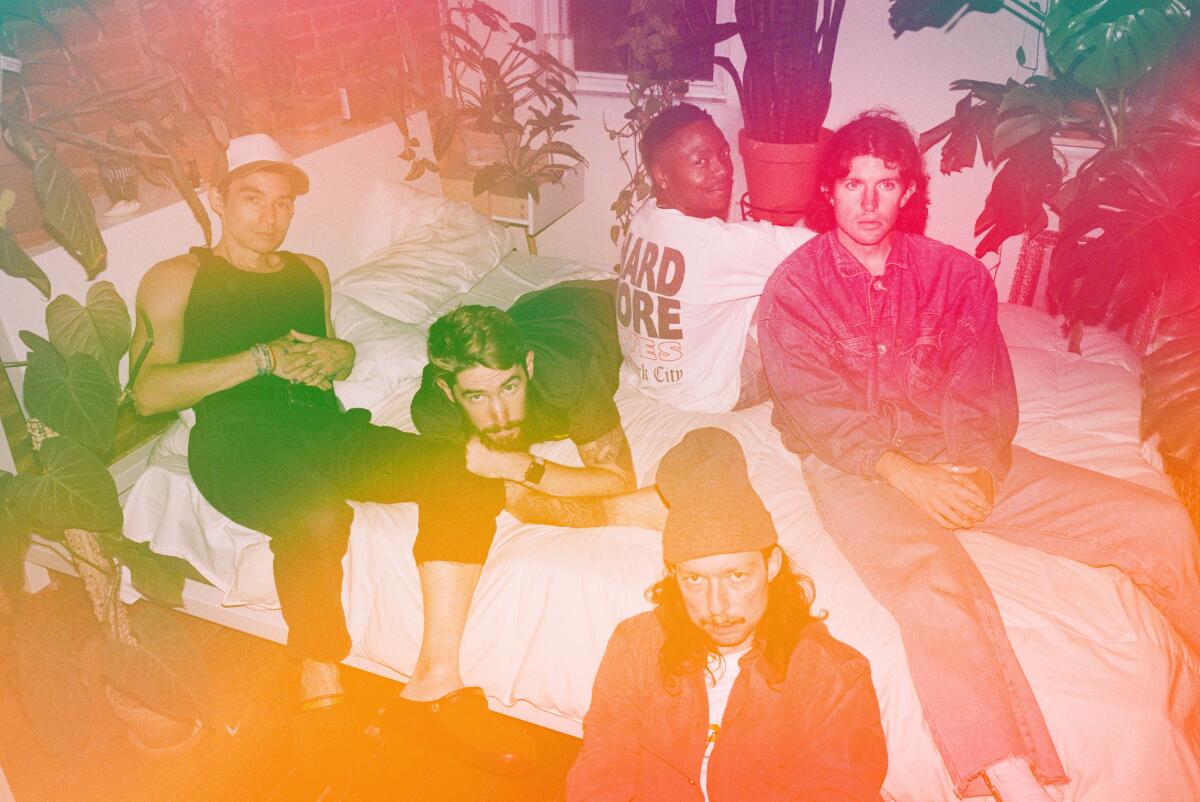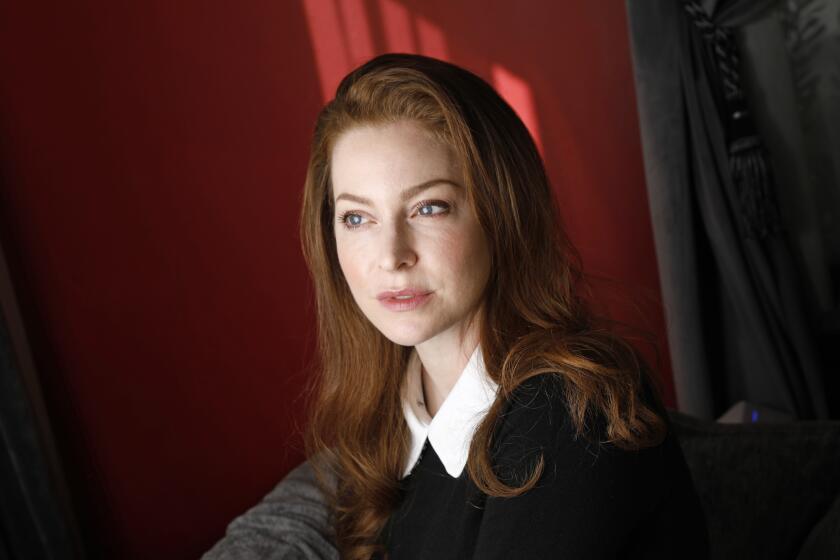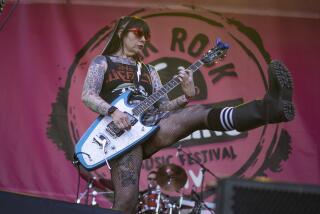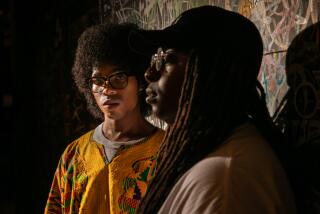Is that a mosh pit or a dance floor? For hardcore band Turnstile, the answer is yes

If punk is what you make of it, Turnstile has made it bend, shake and groove at its will.
Both lovingly and dismissively referred to as the âboy bandâ of American hardcore, the fresh-faced Baltimore five-piece planted a flag in the mainstream this August with its third album, âGlow On.â
A survey of hardcore interpolated by upbeat synth-pop, funk and Caribbean rhythms, âGlow Onâ posed a challenge to genre fundamentalists, as well as the bandâs fanbase â but the album peaked at No. 30 on the Billboard 200, a rare feat for a hardcore act.
But even rarer is Turnstileâs approach: If you can mosh to it, you should be able to dance to it, too.

Awash in the sunlight from his bedroom window in Baltimore, frontman Brendan Yates, 31, describes the bandâs unorthodox sounds â whether itâs the skittish new wave guitar riffs of âNew Heart Designâ or the steel-toed soca of âDonât Playâ â with the cryptic, cool repose of a zen master.
âThereâs no formula for what feels right,â he says over Zoom, ahead of the bandâs Saturday and Sunday shows at the Shrine Auditorium.
âSometimes we try a new thing for a second, then move on. But I think every idea is worth watering and seeing if it can grow to be how you imagine it in your head.â
Court records reviewed by The Times and nearly two dozen interviews portray Manson as a transgressive artist who mistreated and isolated women.
Founded in 2010 by high school friends Yates, Brady Ebert, Daniel Fang, Franz Lyons and Pat McCrory, Turnstile roared through the Baltimore and D.C. punk scenes, peppering their gang vocals and rap-rock with rogue maraca shakes and plinky merengue synth loops. Shortly after the release of their 2016 full-length âNonstop Feeling,â they signed to heavy metal stronghold Roadrunner Records.
On their 2018 major label debut âTime & Space,â a nod to a 1972 B-side by the Ohio Players, Turnstileâs wanderings into soul and R&B left punk purists sputtering incredulously across the internet. Yet punk in the DMV, or that pocket of the Eastern Seaboard where D.C., Maryland and Virginia meet, was uniquely shaped by go-go, a homegrown funk offshoot made popular in the â80s and â90s by artists such as Chuck Brown and the group Trouble Funk. During the simultaneous rise of go-go and hardcore in 1980s D.C., future punk luminaries Dave Grohl (then of the band Scream) and Ian MacKaye of Minor Threat frequented go-go parties.
âGo-go is our country music,â says Yates. âWe have that sonic connection. People from the outside might come in and be like, âThatâs not hardcore, thatâs this genre!â People want to protect what they already know. But thereâs a very fluid approach to music here.â
In the summer of 2020, the band took their eclectic vision for âGlow Onâ to Phantom Studios in Gallatin, Tenn., where they recorded with Mike Elizondo, whoâs worked with everyone from Dr. Dre to Avenged Sevenfold to Fiona Apple.
âHis perspective opened up a whole new dimension of what a song could be,â said Yates, who co-produced the record with Elizondo.

The band also invited experimental R&B star DevontĂŠ Hynes, a.k.a. Blood Orange, to lend his own shine to âGlow On.â In his studio in Los Angeles, Hynes recorded lead vocals for the sad boy furor of âLonely Deziresâ and breathed sensuality into the dream-pop ballad âAlien Love Call.â On the latter, Yatesâ usual youth-crew yawp is tenderized by heartache and isolation â emotional realms heâs started to feel safe exploring.
âEvery person has their own unique set of DNA based on where theyâre from, who their inspirations are, their life experience â and thatâs an exciting thing,â says Yates. âWe look at music in a similar way.â
More to Read
The biggest entertainment stories
Get our big stories about Hollywood, film, television, music, arts, culture and more right in your inbox as soon as they publish.
You may occasionally receive promotional content from the Los Angeles Times.












